.
.
photo Pkobel/Creative Commons
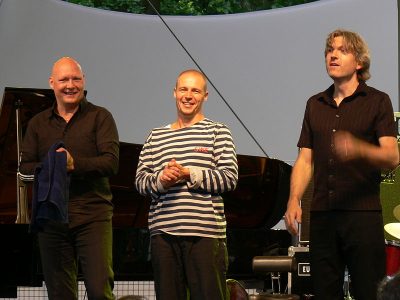
Esbjörn Svensson Trio in concert, Jazz Festival Paris 2007, parc floral – Dan Berglund, Esbjörn Svensson, Magnus Öström
.
___
.
The Trio That Should Have Reshaped Jazz
Scott Archer Jones
.
.
…..2008. On the seafloor of the Stockholm archipelago near Ingarö the tides swept a body not yet dead back and forth, in eddies of dust that tornadoed up into black, cold water. Jazz had missed its chance again.
…..Each decade gifted people kick jazz down the road like a can, people like Joshua Redman, Nicholas Payton, Herbie Hancock, the Brecker Brothers. These incredible musicians keep it alive and vibrant, but don’t change the rules, just commit little adulteries. They try a flirtation with the jam bands and dalliances with fusion, a visitation from funk, a drop-in from a pop singer, a cover of a U2 song. But for fifteen years a change existed that could have remade Jazz – Esbjörn Svensson (piano), Dan Berglund (double bass) and Magnus Öström (drums) – together the Esbjörn Svensson Trio. They stitched together new forms of jazz for themselves and could have done it for Jazz. Albums from Winter in Venice to Leucocyte, from 1997 to 2008, laid out a new roadmap. Esbjörn Svensson grasped an intuition that bridged from Thelonious Monk to some future where the sound could be clear, complex, as far away from trite as Jazz should be. EST promised us a return to melody and tune, promised us rhythms as polysyllabic as the Tower of Babel, promised us jazz musicians could be rock gods. The new aspiration for the human musician rolled out not from America, but from Sweden.
…..EST arose out of Scandinavian weirdness drenched in alternative world view. Sure, the Scan’s all knew the chords to “Rollin’ on the River” and formed garage bands. But they also produced Iceland’s Sigur Rós, Norway’s Annebjorn Lien, Stien Carstensen’s Farmers Market and Kaisers Orchestra.
…..Esbjörn Svensson grew up in a house full of music, but wanted to play drums, not the piano that waited in the front room. He knew Zappa before Jarrett, “Bad Moon” before “Green Dolphin Street.” The early me-too years of rock and roll bands popped a 16-year-old into music college and then into the Royal College of Music in Stockholm – kind of explains the Chopin accidentals, doesn’t it? Gigs with trios and quartets in the Stockholm scene sucked Esbjörn out of Classical. By 1997 he didn’t record covers anymore and the band EST pounded off into a new vision of what music can be. In 1999 the album From Gagarin’s Point of View told the world they had arrived. And the world saw a true collaboration. Esbjörn had his name up front, but was nothing without Berglund and Öström.
…..How did we discover EST? The Scandinavians experienced the Trio as a deepening, a broadening, a journey into experimentation because they bought the albums in chronological sequence. Outside of Europe, record companies made sporadic releases out of order and unevenly – Sony killed an album release in the USA while hyping it tremendously in Japan. Many Americans thought EST had taken time off to make an homage album of Thelonious Monk standards (not true – an early release late arriving to iTunes). Here in the USA “Dodge the Dodo” splashed onto the Internet in five versions, clued us into the huge range of improvisation possible within a single rhythmic construct. I myself bought the Susy Soho album in Stavanger Norway, then heard earphone bleed of Spam-Boo-Limbo from the guy next to me on a flight into Amsterdam. And of course, the Bill Evans fans blew off EST because the track names were too fanciful: “Definition of a Dog,” “Did They Ever Tell Cousteau,” “When God Created the Coffee Break,” “Fading Maid Preludium,” “Mingle in the Mincing Machine,” “Behind the Yashmak,” “Eighty-eight Days in My Veins,” “A Picture of Doris Traveling with Boris.”
…..Here . . . you’ll see. Watch them bust up genres and wow the crowds. We present a live performance of “Seven Days of Falling” followed by “Elevation of Love.” They begin with the lyrical “Seven” and then “Elevation” with shining drums, urgent and loving, while the double bass wails like nothing you’ve ever heard, not even Jimmy Page bowing his guitar.
…..Now brace up for one of their songs without words as it flows by like a river, faster than you think, and hides the 5/4 beneath its bar-less structure. Listen to Magnus granting us very few bass kicks, but a running syncopation on the high drums and rim shots like a marching band in overdrive. “Eighthundred Streets by Feet” – live in Hamburg.
…..And they give you a 10-minute lighthearted funk named “Good Morning Susie Soho” – this a live version with incredible Dan Berglund work. This cut belongs to Dan, but couldn’t exist without the drums and piano – the damped piano brings John Cage in, but only as a need to build the right percussive sound.
…..How about melancholy Swedes in the dead night of winter, the piece that started it all for them? “From Gagarin’s Point of View,” the opening mournful as only the Scandinavians can be.
…..Want a rock band? The official Leucocyte album video, laying out how the album grew out of a series of jamming improvisational recordings – two days at a hit, and a huge mine of empathy between the players.
…..But Esbjörn Svensson died in 2008. As important as we understand Berglund and Öström to be, they haven’t recreated the magic. A scuba accident at forty-four created a permanent nightmare for his fourteen-year-old son – diving that day with his father – and a cultural myth for the rest of us. But it should create a rage. We don’t need another Joplin or Hendrix or Lester Young – the music tells us that we needed the delivery on the promise. Frigid Swedish waters robbed us of the break-out years. We lost the spawning of bands and talent that should have started where these three had begun, shoving it farther out, closer to a horizon called Jazz.
…..How should we remember Esbjörn Svensson? Remember his shaved head and black tee shirt. Picture an arched muscular man bent over the keyboard, crawling into the piano case to muffle the bass strings. Recollect how he drove a quartet that experimented with mechanical noise, hurtled right over the audience with Scots martial drumming and intricate trills of snare, buoyed up one of the strangest and most inspiring bassists in the world. Remember a shy man who didn’t know how to be ordinary. Remember him as not caring what had defined jazz, only what the music could be.
.
.
___
.
.

Scott Archer Jones is currently trapped in his sixth novel and second novella. He lives in northern New Mexico, after stints in the Netherlands, Scotland, and Norway, plus less exotic locations. He’s worked for a power company, a lumberyard, an energy company, a winery, and a library. He has four books out, through Southern Yellow Pine and Fomite.
.
.
.





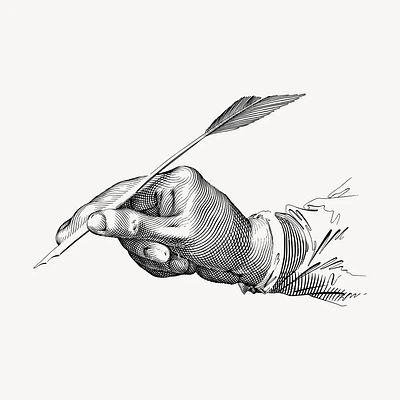

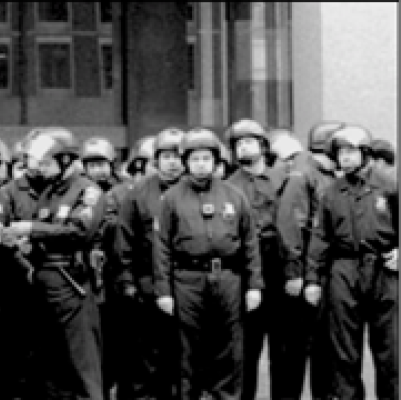
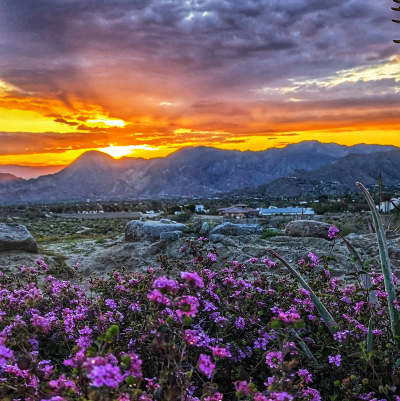


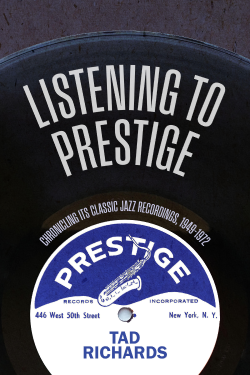

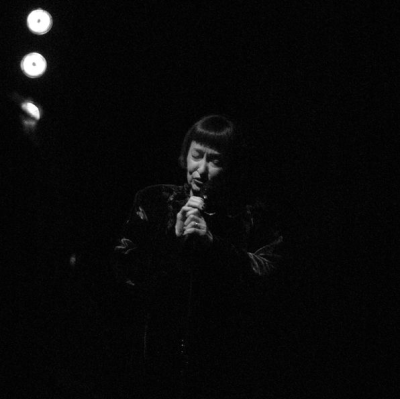
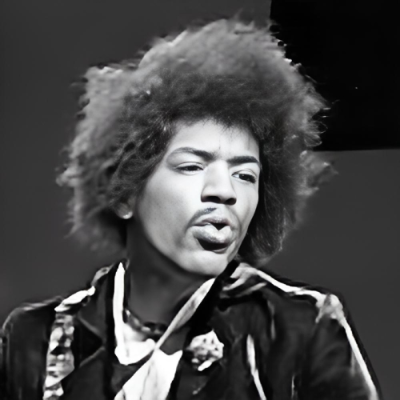

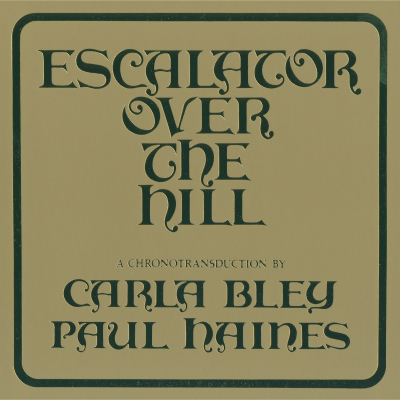


























One comments on ““The Trio That Should Have Reshaped Jazz” — an essay by Scott Archer Jones”